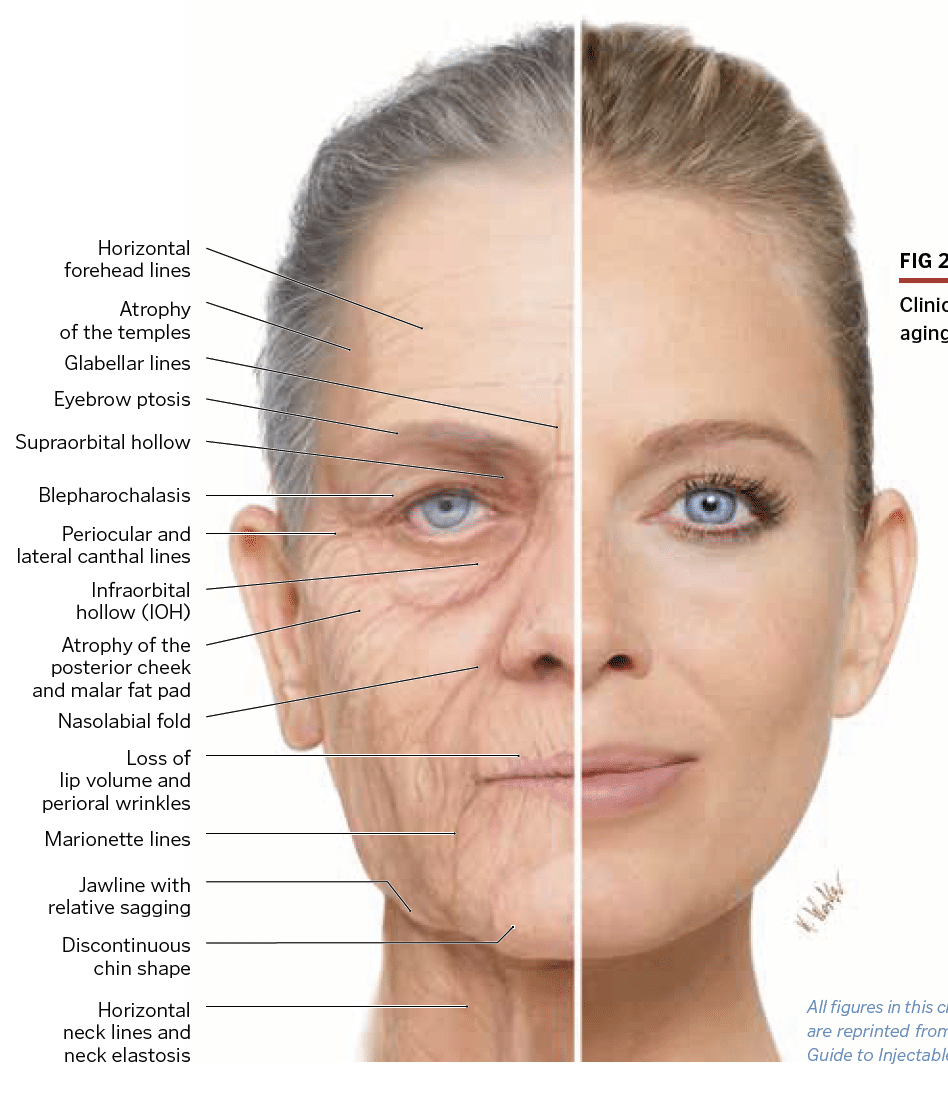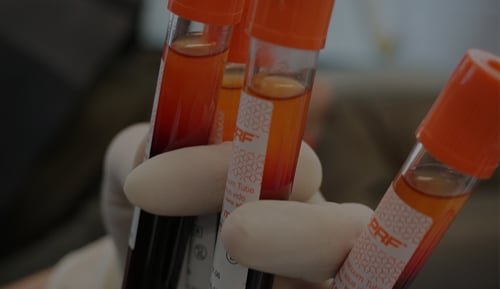
Our bodies change as we get older, and those changes can involve new wrinkles on our faces or cheekbones that aren’t as big as they used to be. If you’re dissatisfied with these symptoms of aging, dermal fillers might be able to help.
Dermal fillers are divided into many groups, but they’re all used in the same way (more on that in a bit). It’s essential to understand the process and any possible complications before opting for any form of cosmetic or medical procedure. You may be concerned about attending a doctor’s office during the pandemic, which is understandable.
Our experience scheduling medical appointments during COVID-19 will help you determine whether now is the best time to schedule a procedure. However, experts believe there is some knowledge about dermal fillers that you should be aware of.
1. What are dermal fillers, exactly?
First and foremost: Botox, an injectable medication approved by the Food and Drug Administration to smooth lines and wrinkles, is not confused with dermal fillers. Dermal fillers are FDA-approved injectable implants that help smooth skin and wrinkles. The former “freezes” muscles to minimize wrinkles, while dermal fillers are injectable implants that help smooth skin and wrinkles. They are injected under the skin with a needle, as the name suggests.
2. How do I choose the suitable dermal filler for me?
A good doctor will clarify the best treatment options, but keep in mind that the most natural-looking results can necessitate the use of multiple fillers. Within each type, there are several different brands of fillers, and the items differ in terms of how they should be used (for example, to fill out cheeks) and the concentration of the active ingredient.
3. Should I take some care before getting fillers?
When contemplating any medical procedure, protection should always come first. One way to ensure that the physician is experienced is to see a board-certified dermatologist or a board-certified plastic surgeon. This additional qualification phase verifies that the doctor has undergone additional training in their field of expertise. Most dermal fillers are available at medical spas, only licensed and qualified physicians should perform any injectable procedure. If injections are performed improperly, there is a chance of infection, discoloration, and lumps.
Given that this is a cosmetic operation, you should expect to be pleased with the outcome. Asking people or friends who have had this done for advice is one way to find a doctor whose job you want.
4. What are the risks associated with fillers?
Non-surgical procedures, too, carry risks. According to the FDA, the most common side effects are bruising, redness, discomfort, or swelling, which should all go away within two weeks. According to the FDA, people can get raised bumps under their skin that need to be treated with injections, drugs, or surgical removal on a less frequent basis.
Filler may be mistakenly inserted into a blood vessel, resulting in blurred vision or permanent blindness, though this is uncommon. If your skin turns blue and you’re in a lot of pain, you can see a doctor or go to the emergency room. These are two signs that filler is in your bloodstream. This is why you should seek the advice of a doctor who has operated before.
5. What is the expected duration of the results?
Since most fillers aren’t permanent, you’ll have to keep returning to the doctor’s office if you’re happy with the results. Your body typically breaks down hyaluronic acid fillers after around six months. To keep the look, touch-ups are needed once or twice a year. However, if you want to try fillers once or twice, this is good news because the results will go away without posing any long-term risks.



